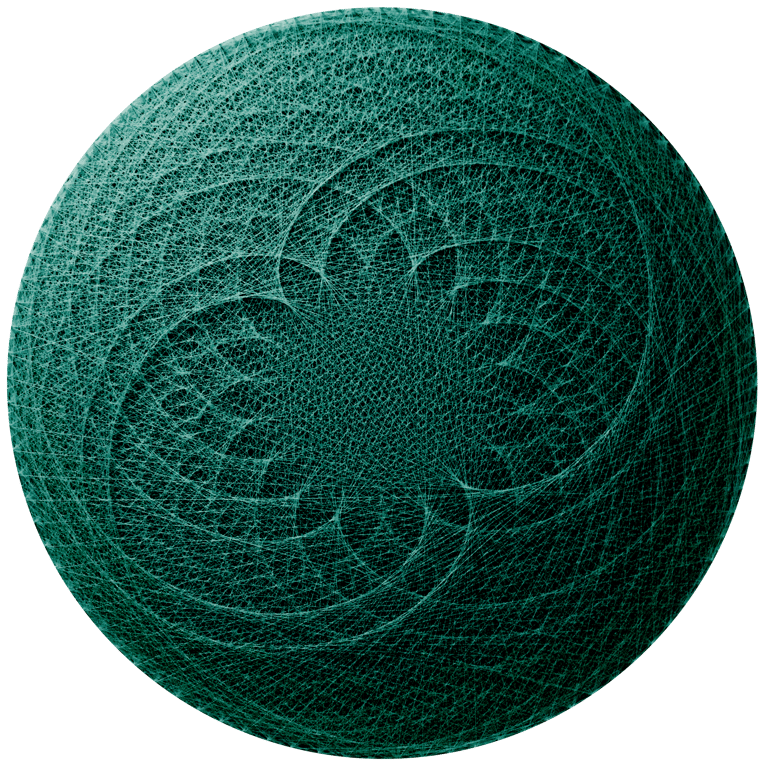Unlocking the Mind: Exploring the Transformative Power of Lysergic Acid Diethylamide (LSD)
Embracing the Dichotomy: Exploring the Complex Relationship with LSD


In the realm of psychoactive substances, few evoke such polarizing reactions as lysergic acid diethylamide (LSD). It's a molecule that ignites a spectrum of emotions, from profound love to deep-seated fear, and everything in between. From personal experience and observation, it's clear that LSD is not a substance that allows for easy escapism; rather, it thrusts individuals into the depths of their subconscious, forcing them to confront the demons and patterns they've long avoided.
There's a raw intensity to LSD that sets it apart from other hallucinogens. Unlike some substances that might offer temporary relief or distraction, LSD demands engagement. It pulls back the curtains of the mind, revealing truths and insights that can be both liberating and terrifying. It's not uncommon for users to feel as though they're teetering on the edge of a cliff, confronting deeply ingrained patterns of thought and behavior that have kept them stuck in cycles of suffering.
Yet, therein lies the paradoxical beauty of LSD. It's this very confrontation with the self that can lead to profound growth and transformation. By dismantling the barriers we've erected around our psyche, LSD opens the door to self-discovery and healing. It's a journey into the depths of consciousness, where the lines between ego and reality blur, and the true nature of existence is laid bare.
In my own experiences with LSD, I've been both humbled and awed by its power for 18 years. During a session lasting anywhere from 8 to 16 hours, participants may undergo profound psychological insights, confront unresolved traumas, and experience a profound sense of interconnectedness with the universe. This can be accompanied by intense emotions, vivid hallucinations, and a sense of time distortion. In some cases, individuals may report feeling as though they are dying or experiencing a primordial state of existence. While this can be frightening, it is often a catalyst for deep introspection and personal growth.
Perhaps what sets LSD apart is its refusal to allow for complacency. It's a molecule that challenges us to question everything we thought we knew about ourselves and the world around us. In doing so, it pushes us to break free from the constraints of our conditioning and embrace the boundless potential of the human spirit.
Research into the therapeutic potential of LSD is still in its early stages, but preliminary findings suggest that it holds promise for a range of mental health conditions. Studies have shown that a single session of LSD-assisted therapy can lead to significant and long-lasting improvements in mood, anxiety, and overall well-being. Moreover, the insights gained during these experiences can have profound implications for one's worldview, leading to greater empathy, compassion, and a sense of purpose in life.
But for all its transformative power, LSD is not without its risks. Like any powerful tool, it must be approached with caution and respect. Set and setting are crucial factors in determining the outcome of a psychedelic experience, and proper preparation and integration are essential for maximizing the benefits while minimizing the risks.
In conclusion, LSD occupies a unique place in the pantheon of psychoactive substances. It's a molecule that demands reverence and respect, yet offers the promise of profound insight and growth for those willing to embark on the journey. When used in a safe and supportive environment, it has the potential to catalyze profound healing. However, further research is needed to fully understand its therapeutic mechanisms and potential risks. With careful guidance and responsible use with a tripsitter that has alot of experience with LSD. It may emerge as a valuable tool in the treatment of mental health disorders and the exploration of the human mind.

